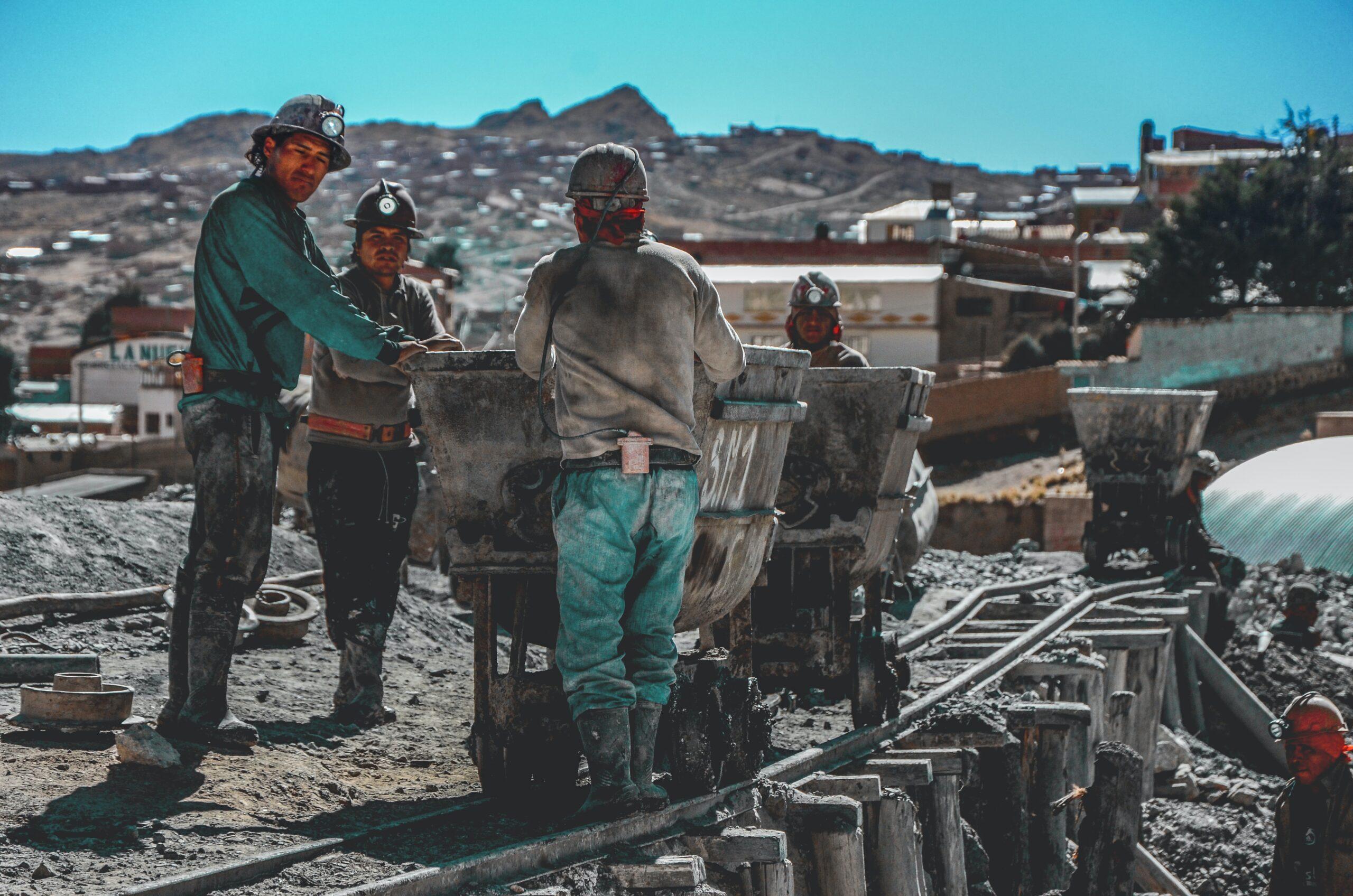In 2010, 33 people were trapped in a collapsed mine in Chile. For the first 17 days, the situation might have seemed hopeless from an outside perspective. But, unbeknownst to the outside world, they persevered and shared ideas. By day 17, they made a borehole through which they could receive food, medical supplies, and outside communication. On day 69, all miners were pulled out one by one.
This case of extraordinary collaboration is an example of what Amy Edmondson, professor at Harvard Business School, refers to as “teaming.” She defines teaming as collaborating with people across time and distance in order to get something done. Of course, not all situations involving teams are life or death. Strong teaming abilities are important in any situation, including in the workplace. In Edmondson’s TED Talk “How to turn a group of strangers into a team,” which you can watch here, she uses the Chilean mining incident to show how teams of people with vastly different experiences can overcome teamwork barriers through positive leadership.
One significant barrier to teaming in the workplace is something that Edmondson calls “professional culture clash.” Studies have repeatedly shown that diverse groups are more creative and make better decisions. Yet, as Amy Edmondson explains, people from different industries think very differently. An engineer and an artist might approach the same problem in very different ways. When they must work together, it can potentially pose a significant barrier. However, this barrier can be overcome under the right leadership. When this happens, the team benefits from the diverse perspectives and ideas.
In the case of the mining accident, hundreds of people from different backgrounds were involved. Each person in the cave had their own life experience. They also had to communicate with NASA, Chilean special forces, and other people from all over the world. This feat required a tremendous amount of cooperation and strong leadership.
In explaining the successful outcome of the accident, Edmondson identifies two significant accomplishments. First, they achieved situational humility. Edmondson argues that too often, leaders approach a problem believing that they already know the answer. This sort of fixed mindset hinders creativity. As she puts it, “it’s hard to learn if you already know.” Second, they remained curious. Acknowledging that they did not have the solution to the problem increased their curiosity about other people’s ideas. These two factors, situational humility and curiosity, create psychological safety.
Edmondson argues that psychological safety is essential in order for a team to function. Humans are innately scared of judgment. This fear makes it difficult to propose your own ideas. When people fear judgment, they often look to those around them for information. If leaders set an example of situational humility and curiosity, it sets a precedent for everyone else. Understanding that there is no set answer and that new ideas are encouraged empowers people to speak up. Psychological safety is therefore important because it creates a safe space for sharing ideas.
Another barrier to teaming that Edmondson identifies is a so-called message of scarcity. This is a competitive mentality of “it’s me or you.” When people see their team members as competitors, it becomes difficult to progress. Instead, it is important to reach out to those around you. In a team, everyone brings their own set of experiences, perspectives, and skills. Understanding what other people bring to the table facilitates collaboration.
Achieving psychological safety and eliminating a competitive mentality is the key to teaming. When teaming is done well, miracles can happen. Sometimes these miracles are lifesaving, but most of the time, they are smaller. These small miracles are what allow diverse groups of people with different worldviews to work together and come up with better solutions, whether that is on a sports team, in a classroom, or in the workplace. Being in a diverse group is also a positive experience that group members can take with them in future endeavors. So, if you want to perform one of these small miracles, practice humility, remain curious, and reach out to those around you.
If you want support establishing psychological safety in your organization or workplace, please do not hesitate to contact us at Balevo!

